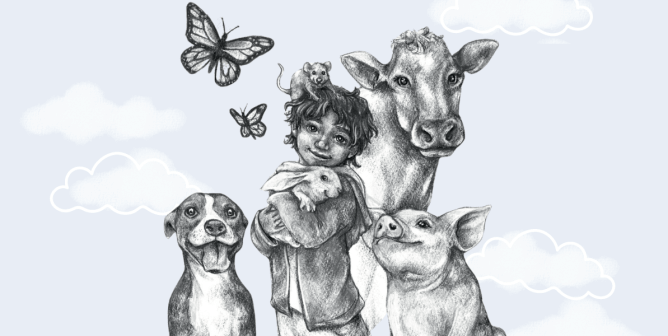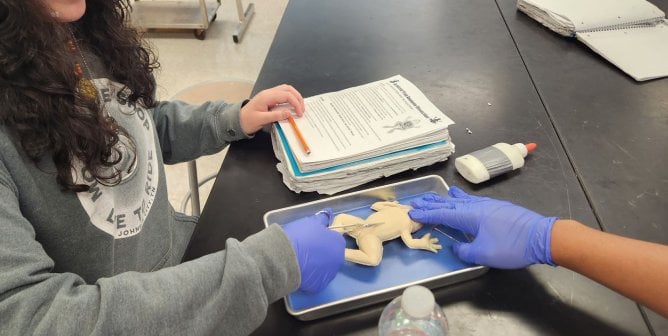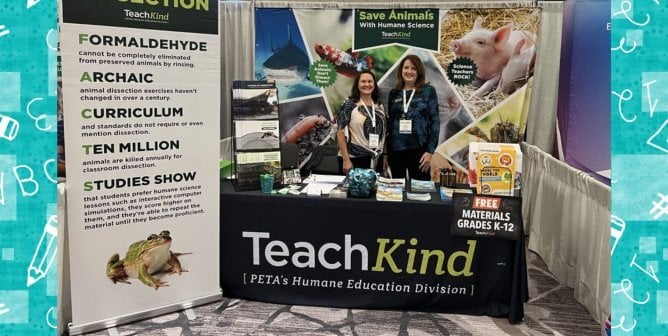Develop Higher-Order Thinking Through Humane Education
As educators, we strive to create rich environments in which all students are learning at their highest level. We work to stimulate higher-order thought by building on lower-level cognitive skills. Questioning and discussion techniques are central to achieving this goal, because they help us challenge students of all abilities and advance higher-order thinking. We can move them along the cognitive continuum from lower to higher levels through the types of questions that we ask during classroom discussions.
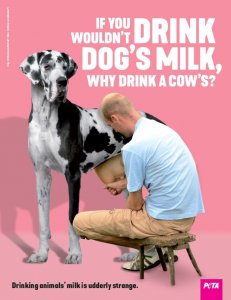
Here’s an example:
The story “Amazing Grace” is about a cow who lives at a sanctuary after being rescued from the dairy industry.
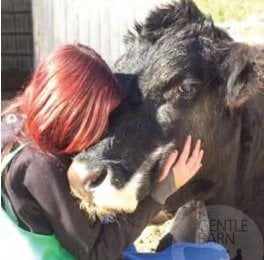
xx
After students have read it, we can ascertain whether they’ve mastered the basic skill of comprehension and are able to recall information from a text by asking, “Why does a sanctuary like The Gentle Barn exist?” In this case, the information needed to answer the question can be pulled directly from the story. (Answer: The Gentle Barn exists to provide animals rescued from the factory farming industry with a safe place to live.)
To continue building students’ critical-thinking skills, we can ask, “Why do you think Molli says, ‘Grace had been disrespected by humans’?” Here, they’re being asked to perform more strategic thinking by analyzing what the text says and adding that to their prior knowledge in order to engage in some inferential reasoning. (Possible answer: Being treated with respect means being treated with care and consideration. As a mother cow, Grace had a strong bond with her calves, and taking them away from her over and over again for 12 years doesn’t demonstrate care and consideration.)
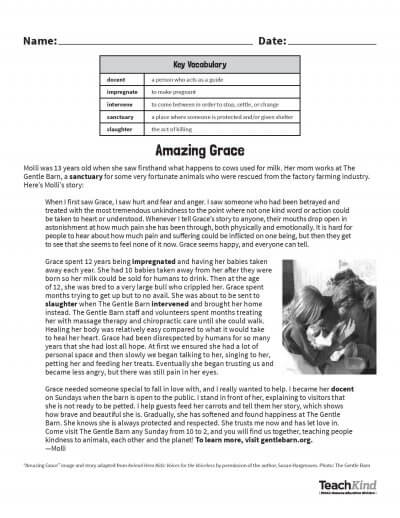
To push students even further, we can ask, “Why do you think humans drink cow’s milk, even though it’s made for baby calves?” This type of question extends their thinking and invites them to formulate hypotheses, make connections, and possibly challenge previously held views. This is the epitome of higher-order thinking, so teachers should embrace this form of questioning. (Possible answer: Humans drink cow’s milk because they’ve been drinking it for a long time and believe it’s healthy.)
Framework for Critical Thought
Bloom’s Revised Taxonomy and Webb’s Depth of Knowledge are popular frameworks that provide a hierarchy of levels of thinking in order to help teachers formulate lessons that foster students’ growth toward cognitive complexity. We can use humane education to design performance tasks that reach the highest levels of both frameworks.
Here’s an example:
- Have students conduct a community survey about the companion animals in their neighborhoods. They can investigate which ones live there, and if any live outside, they can find out who takes care of them. They should research the basic needs of the animals and whether there are local laws that protect or affect animal welfare. They should then interview their neighbors about their knowledge of and opinions about the animals. They should also generate additional questions specific to the situations in their neighborhoods.
x
 x
x - Students can watch programs on local TV stations or read newspapers every day for news about companion animals, noting whether the coverage is positive or negative and the number of stories about cruelty to animals. Doing so can help them put the information they gather in a larger context. Then, students can evaluate all the information that they’ve accumulated and draw a conclusion about the most important problem facing companion animals in their community. They should develop a logical argument about changes that the community should make in order to address this problem. x
- They can also devise a plan for making the community and governmental agencies aware of the problem and their proposed solution. This can include writing letters to elected officials, creating a short film similar to a public service announcement (PSA), making a presentation at a town meeting, and more.
This cognitively demanding project allows students to distinguish essential data from information that is simply interesting. They must be able to identify core themes, form and support opinions, and identify inconsistencies and bias. When they formulate a plan for solving their community’s problem based on complex reasoning, they’re demonstrating the highest level of thinking and learning.
There are various ways to integrate a project like this into your curriculum, including by extending students’ thinking during a unit on ecosystems. What better way is there to help them internalize the concept of an ecosystem than by having them explore their own community? This is a real-world project with engaging tasks, and since many young people love animals, it will be motivational and give them a reason to do the work.
Humane Education Promotes Creative Thinking and Logical Reasoning
Humane education challenges students to explain their thinking and support their positions with specific evidence, textual or otherwise. The focus is on formulating arguments, which is the basis of logical reasoning—a skill that’s critical in all curriculum areas.
The following lessons offer multiple opportunities for students to think outside the box and cite logically connected examples as evidence that builds to a conclusion:
‘Hey, Little Ant’: Little Guy Makes a Big Case
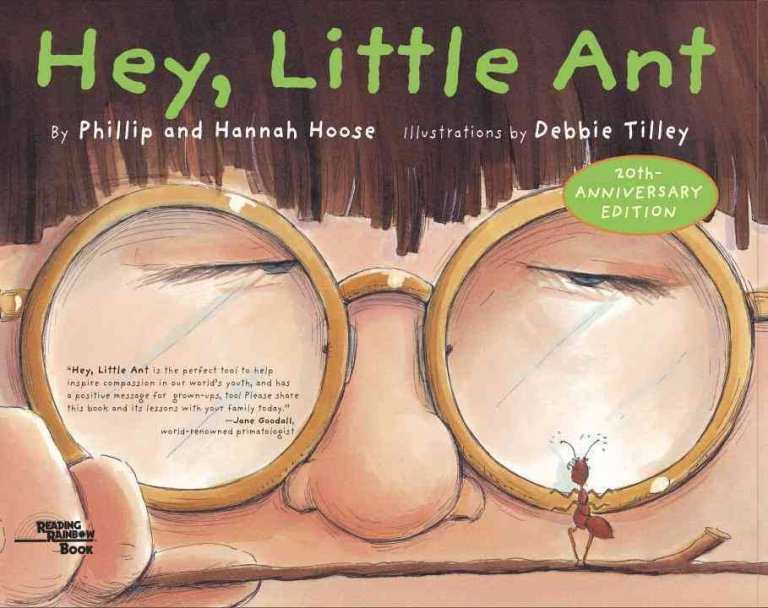
In the book Hey, Little Ant, a boy tries to decide whether he should squish an ant, and the ant makes a compelling case for his own survival. The ending asks the reader to decide the outcome: “What do you think that kid should do?” This will most likely provoke strong opinions from students about the way in which animals should be treated—skillfully posed questions can lead to a lively debate among even the youngest children.
Inspire Empathy for All Living Beings With a Gallery Walk
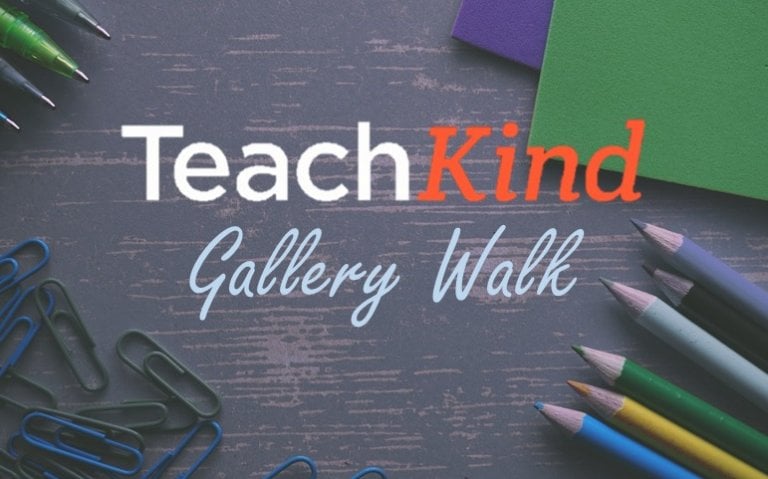
A gallery walk encourages older students to talk about important issues, such as the ways in which societies today attempt to justify abuse—regardless of the victims’ species—just as they did in the past. They can view images hung around the classroom of animals in various situations in which they’re being used (i.e., for food, clothing, experimentation, or entertainment). They can discuss the “might makes right” mentality as well as parallels between the inequality that animals endure today and the discrimination historically endured by people of color, women, the LGBTQ community, people with disabilities, and others who have been marginalized and systemically denied basic human rights. In light of society’s inconsistent views on and treatment of animals, teachers should ask additional questions based on students’ responses and insist that they examine their premises, build logical arguments, and critique the arguments of others.
Like these ideas? Please share them to encourage other teachers to use humane education to foster higher-order thinking in their classrooms, too.
Need more classroom inspiration? Fill out the form below to sign up for TeachKind News.
By submitting this form, you’re acknowledging that you have read and agree to our privacy policy and agree to receive e-mails from us.

